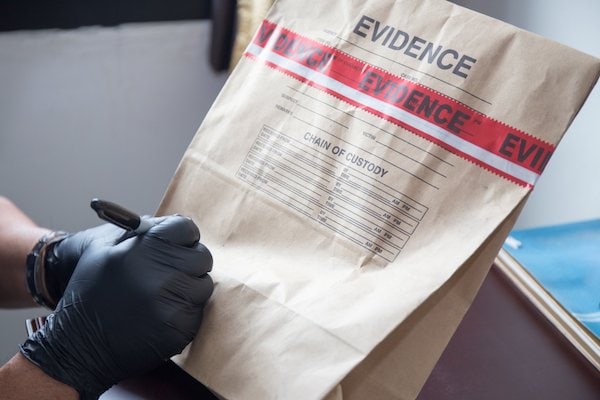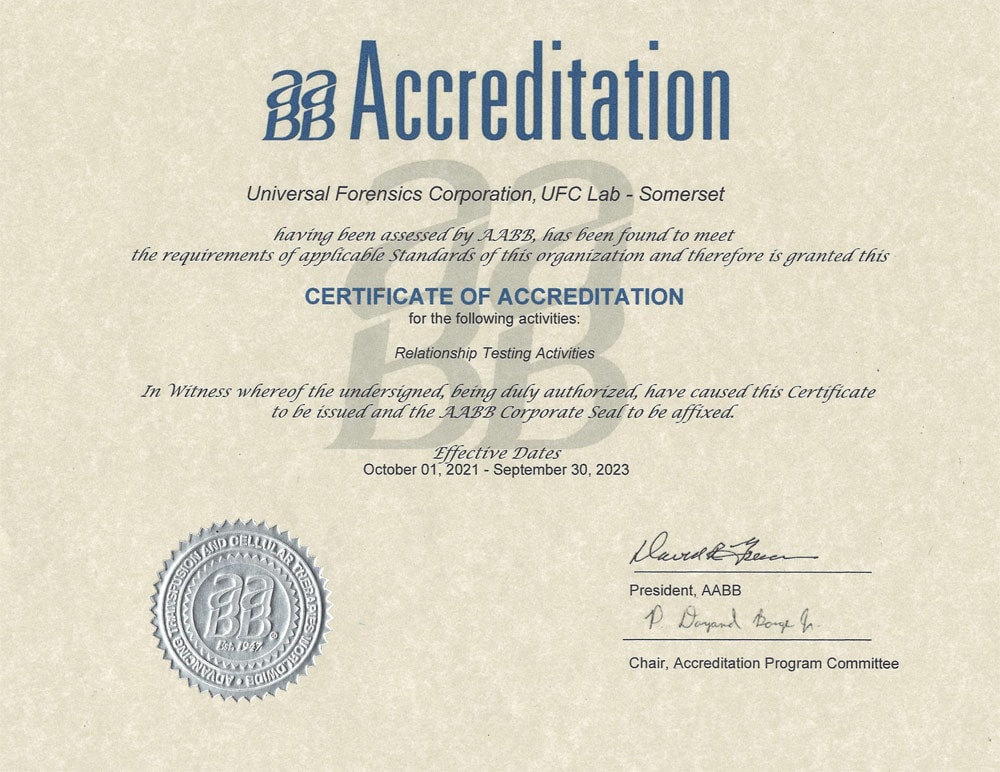Maintaining the Chain of Custody in Lab Testing for Legal Purposes

“We the jury…find the defendant, Orenthal James Simpson, not guilty of the crime of murder.” This verdict from the trial of the century in 1995 shocked many Americans.
While that verdict of not guilty is a highly debated topic of conversation, it isn’t too surprising due to lack of strong, defensible evidence. Much of the prosecution’s evidence did not follow the proper chain of custody and, as a result, there were serious doubts as to whether OJ committed the crime.
So what exactly is the chain of custody, and why is it so important in court cases? What can you do to ensure any lab testing completed for legal purposes stands up in the court of law?
Read below to find all about the chain of custody!
What Is Chain of Custody?
In all court cases, the evidence is an essential piece of the decision-making process. When collecting this evidence, it is crucial to follow a chain of custody.
This chain of custody is the process by which evidence must be collected for it to be admissible in court. In other words, all evidence for legal or judicial reasons must be handled in a similar way for it be deemed defensible.
What Is the Chain of Custody Procedure?
When law enforcement collects evidence, the chain of custody typically starts with a police officer. The cop:
- Collects the evidence and places it in a tamper-proof bag
- Documents all information related to evidence collection. This includes the date and time of collection and who has handled the evidence.
- Stores it in a secure location as quickly as possible
For lab testing, the chain of custody means that an unbiased, neutral third party completes lab testing of the evidence. They follow these steps:
- Lab professional either collects sample on site or it’s delivered to them
- Documents every action taken with the sample – including who dealt with it, what actions were done to it, and the date and time of each action.
- Delivers the results of the lab analysis
In short, the chain of custody process means that anything that happens to the evidence or sample is documented with information about the person handling it as well as date and time. There should never be a time when it isn’t clear where the evidence was and who was handling it.
Importance of Chain of Custody
The chain of custody is essential in legal and judicial settings. If the evidence or sample followed the chain of custody, it hasn’t been tampered with in any way.
For example, in a paternity court case, a lab that follows the chain of custody collects and tests the DNA of an alleged father. The lab professional that collected and analyzed the DNA must be an unbiased third party. He can’t have any connection to either the plaintiff or defendant.
He also must follow the proper procedure as he collects the DNA including documentation. Because he followed the proper chain of custody from start to finish, this DNA would be defensible. The judge would find the test results to be reliable and make his judgment based on it.
If the chain of custody isn’t followed, this means you risk having your evidence thrown out. It will be inadmissible in the court.
Trust the Professionals
If you need lab work for any legal purposes, make sure you choose a lab that you can trust. You don’t want to risk your results being thrown out by a judge because of a missed step in the chain of custody.
Contact us at ReliaLabs if you’re interested in secure and reliable drug, alcohol, DNA, and steroid testing. We are a nationally recognized third-party provider/administrator.
Whether it’s a drug test or a paternity DNA test, our professionals follow the chain of custody to make sure your results will hold up in the court of law.








